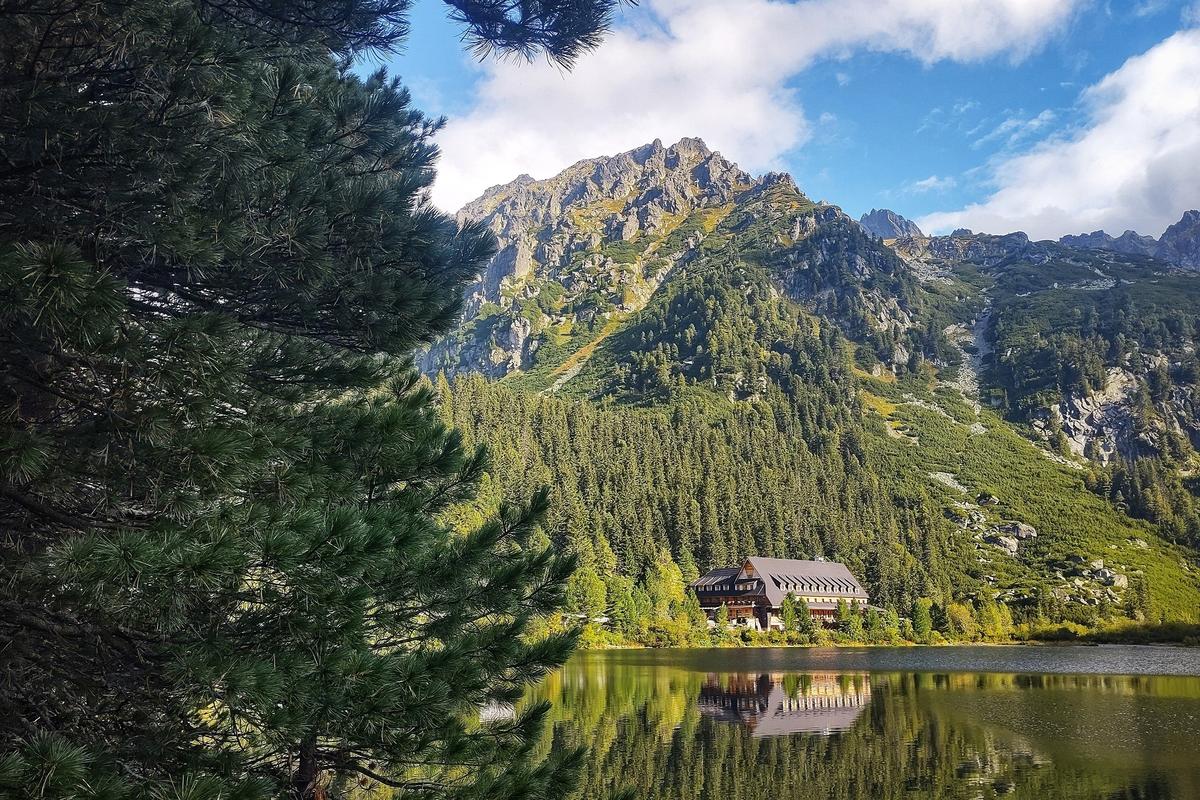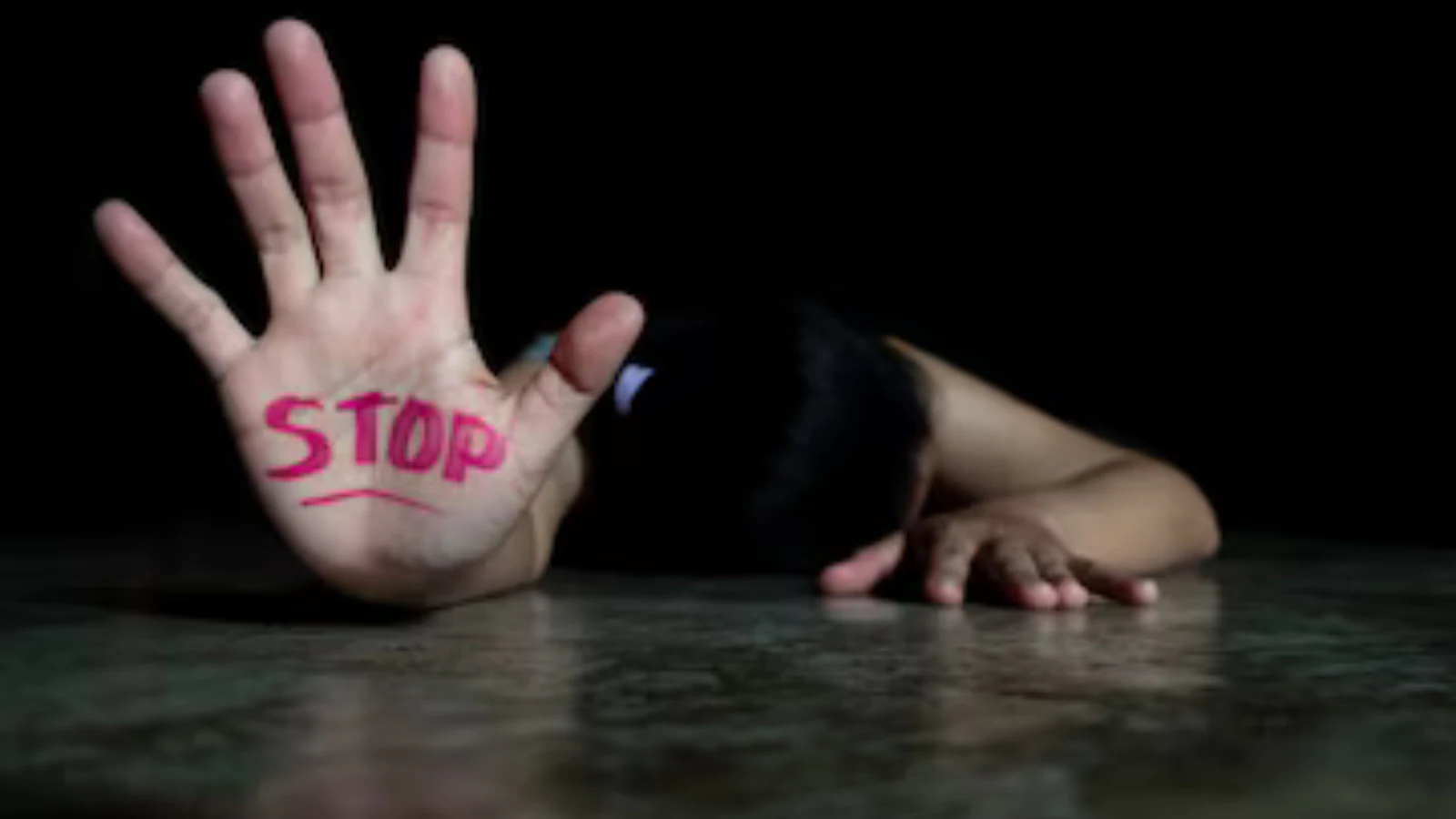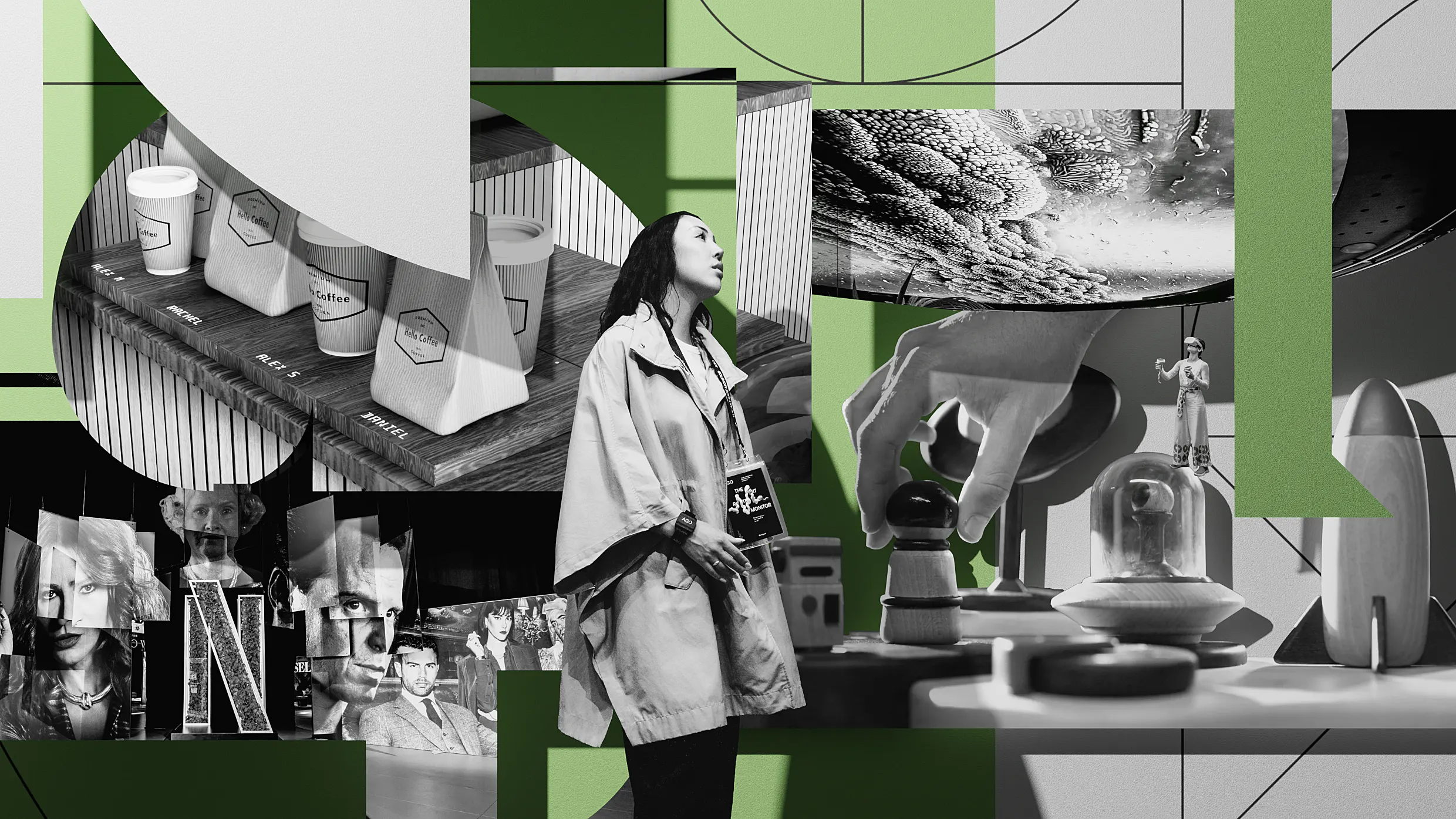By Oscar Brophy
Copyright sme

Bratislava is used to surprise. River cruisers step ashore for a few hours, day-trippers roll in from Vienna, and backpackers cross the border by chance. For many, the Slovak capital feels like an unplanned encounter — pleasant, picturesque, but not quite the point of the journey.
That pattern reveals the country’s larger dilemma. Slovakia benefits from what locals call the “spillover effect”: convenient geography that delivers steady visitor traffic. Yet this incidental tourism comes at a cost. Travellers tick off a castle, a square, a café, and leave with little reason to return. The challenge now is to shift from accident to intention, to make Slovakia a destination in its own right.
Guides in the capital see this dynamic daily. “The majority of my customers are people who just find themselves here,” says Michal Varachovič, who runs city tours. Whether through a cruise itinerary or a bus transfer, many arrive with little idea what to expect.
Others worry Bratislava risks becoming what one guide calls a “one-night stand” city. “If Slovakia wants to be taken seriously as a destination,” says Patrik Calovka, “it has to give visitors reasons to stay longer, explore further, and plan a trip around the country itself.”
Selling Slovakia’s story
Tour guides are often the ones who shape how travellers see the country. For Mitch Leffler, an American who leads visitors through Bratislava and beyond, storytelling is the key.
“A lot of people arrive not knowing much about Slovakia,” he explains. “Our job is to show them that this is more than just a stop between Vienna and Budapest. It’s a country with its own story.”
That story is told through walking tours, wine tastings and countryside excursions. Guides interpret landmarks, weave in history and humour, and highlight living traditions. These encounters create surprise and connection, often fuelling word-of-mouth — the most effective driver of intentional tourism.
Obstacles to growth
Beyond the capital, challenges remain. Transport links are thin, accommodation inconsistent, and marketing fragmented. Local municipalities promote themselves in isolation, leaving the national brand blurred. Despite its assets — mountain ranges, medieval towns, folk culture — Slovakia lags behind its neighbours in visibility.
As Varachovič puts it: “We can’t rely forever on people stumbling in by accident. We need to make them want to come here on purpose.”
Toward an “intentional” Slovakia
What would that look like? Travellers flying directly to Bratislava or Košice because Slovakia itself is the goal. Campaigns that stress distinctiveness — its Jewish and Roma heritage, its role in European history, its living folk traditions. Week-long itineraries that link capital and countryside, not just a fleeting day trip.
For operators on the ground, curating authentic, story-driven experiences is one way to help Slovakia punch above its weight. But broader change will require investment, coordination and a sharper sense of identity.
As Calovka sees it: “The question isn’t just how to get more tourists. It’s how to get the right tourists; the ones who want to understand Slovakia, not just photograph it.”
The road ahead
Slovakia now faces a choice. It can remain a country of incidental encounters, a pleasant stopover for travellers bound elsewhere. Or it can embrace the more demanding path of intentional tourism — building an identity strong enough to attract visitors for its own sake.
For now, guides and small operators offer a glimpse of what is possible. With the right storytelling, tourists leave with more than snapshots. They leave with curiosity, admiration, and reasons to return.
The chance encounters are already happening. The task ahead is to ensure they happen on purpose.



